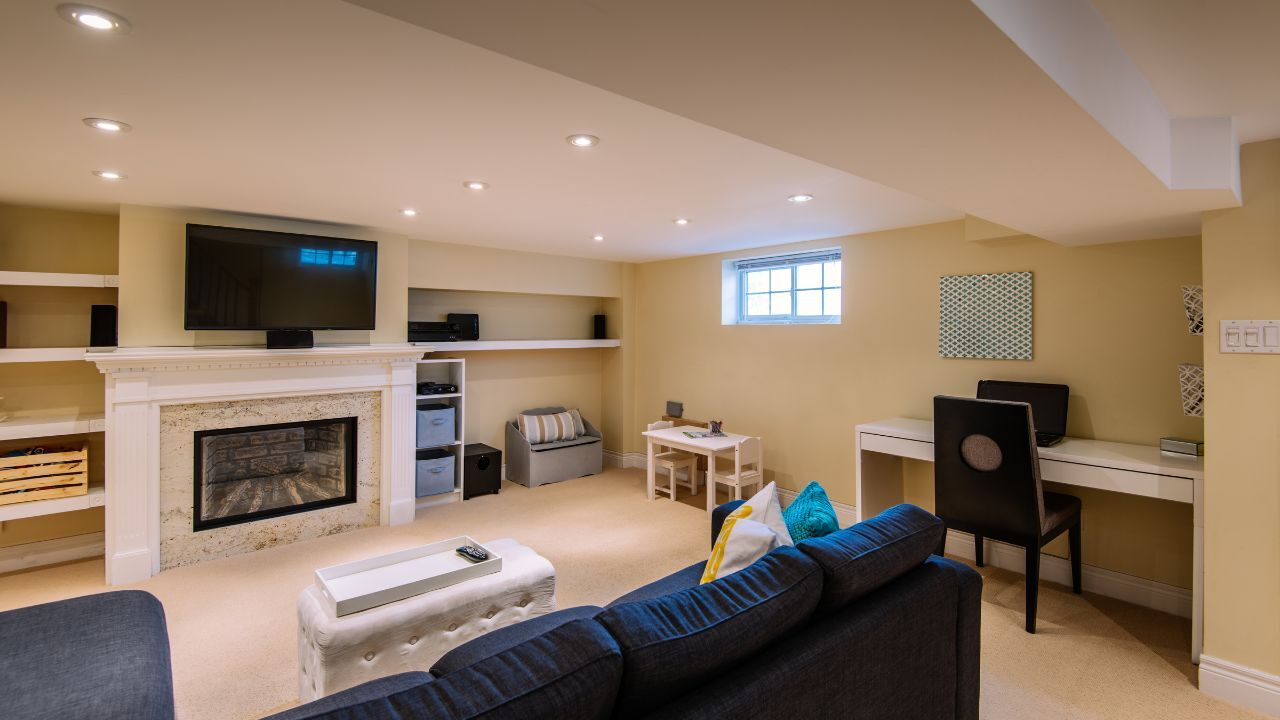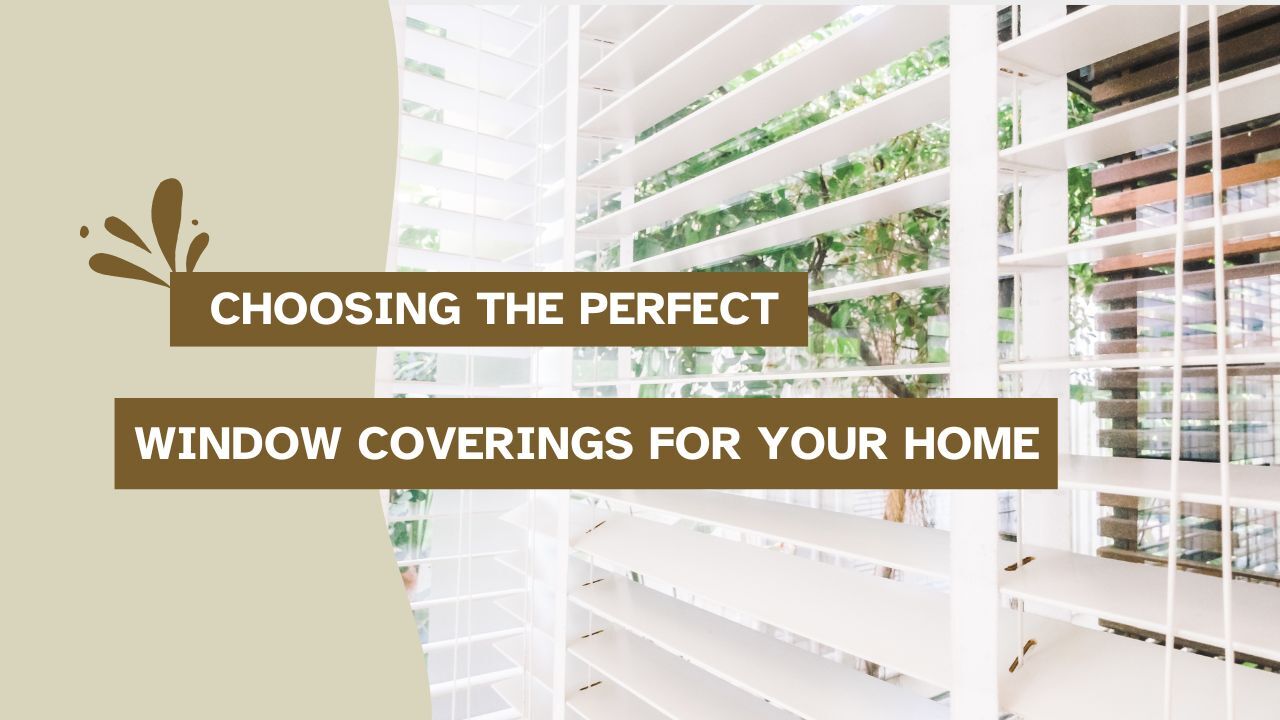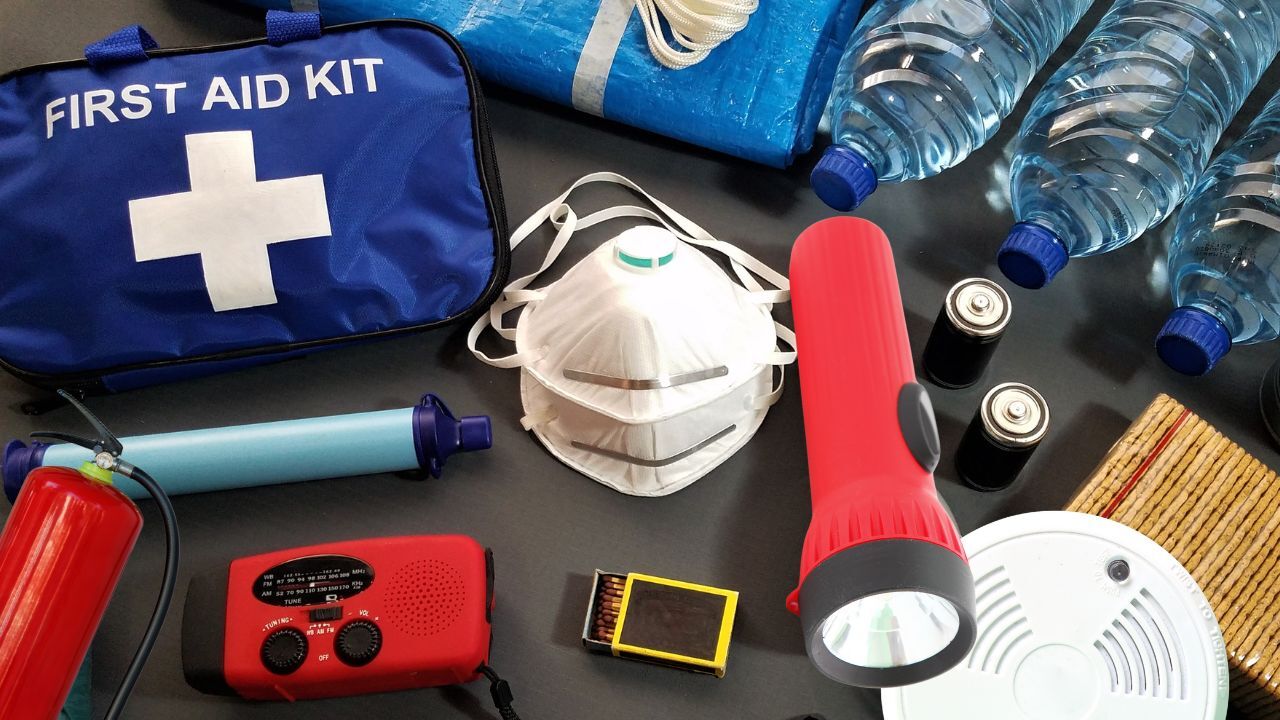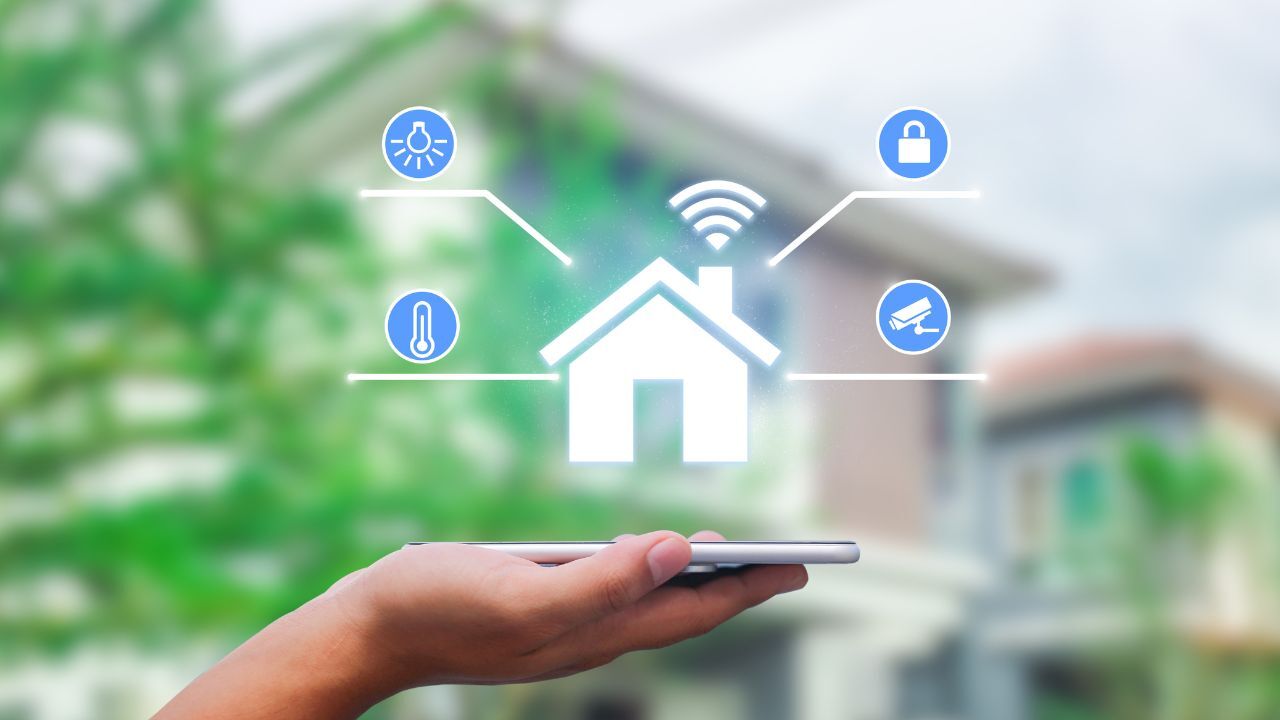 When searching for a new home, many buyers overlook one valuable feature that can add flexibility, income, and long-term potential: a basement suite. Whether it’s fully finished or ready for renovation, a basement suite can offer a wide range of benefits beyond just additional space.
When searching for a new home, many buyers overlook one valuable feature that can add flexibility, income, and long-term potential: a basement suite. Whether it’s fully finished or ready for renovation, a basement suite can offer a wide range of benefits beyond just additional space.
Rental Income Potential
One of the biggest advantages of a basement suite is the opportunity to generate rental income. Many homeowners rent out the suite to long-term tenants, students, or even short-term guests depending on local regulations. This additional income can help offset mortgage payments, property taxes, and utility costs, making homeownership more affordable.
Multigenerational Living
With more families choosing to live together under one roof, a basement suite offers a smart way to maintain both privacy and proximity. Whether you’re welcoming aging parents, adult children, or extended family, having a separate living space can provide comfort and independence for everyone.
Flexibility Over Time
A basement suite gives you options. Today it might serve as a guest room or home office. In the future, it could become a rental unit, an in-law suite, or a space for your college-aged child. Homes with basement suites are adaptable and can evolve along with your lifestyle needs.
Increased Resale Value
Homes that include basement suites often attract more interest on the resale market. Buyers see the value in having a property that can serve multiple functions—especially one that provides income potential. This can lead to a broader pool of interested buyers and possibly a higher sale price when the time comes.
Financial Security
With housing costs and living expenses on the rise, having a basement suite can provide a financial safety net. Whether you choose to rent it out or use it to house a family member, it adds real value to your investment and can help reduce financial stress during uncertain times.
What to Consider
Before purchasing a home with a basement suite, be sure to check local zoning laws and building codes. Not all basement suites are considered legal or permitted, which could affect your ability to rent them. It’s also important to evaluate the condition of the suite, ensure it has a separate entrance if needed, and determine whether additional upgrades or safety features are required.
Buying a home with a basement suite is more than just a smart investment—it’s a practical way to maximize space, generate income, and plan for the future. Whether you’re a first-time homebuyer or a seasoned investor, it’s a feature well worth considering.
 You don’t need to buy a house or manage tenants to get into real estate investing. If you’ve been curious about investing in property but aren’t ready for the hands-on commitment, Real Estate Investment Trusts (REITs) might be the perfect solution.
You don’t need to buy a house or manage tenants to get into real estate investing. If you’ve been curious about investing in property but aren’t ready for the hands-on commitment, Real Estate Investment Trusts (REITs) might be the perfect solution. Windows play a vital role in shaping your home’s ambiance, bringing in natural light, enhancing privacy, and even improving energy efficiency. The right window coverings can make all the difference, balancing style and functionality while complementing your décor. With a wide range of options available, from classic treatments to cutting-edge technology, finding the perfect fit for your space is easier than ever. Here’s a breakdown of some of the best window covering choices to consider.
Windows play a vital role in shaping your home’s ambiance, bringing in natural light, enhancing privacy, and even improving energy efficiency. The right window coverings can make all the difference, balancing style and functionality while complementing your décor. With a wide range of options available, from classic treatments to cutting-edge technology, finding the perfect fit for your space is easier than ever. Here’s a breakdown of some of the best window covering choices to consider.
 Ensuring a home is equipped with the right safety devices is crucial for protecting both family members and property. From fire prevention to emergency preparedness, having the right tools in place can make all the difference in a crisis. Here are ten essential safety items that every household should have.
Ensuring a home is equipped with the right safety devices is crucial for protecting both family members and property. From fire prevention to emergency preparedness, having the right tools in place can make all the difference in a crisis. Here are ten essential safety items that every household should have. Your home is more than just a place to live, it is where your family feels safe and where your most valuable belongings are kept. Protecting it from potential dangers like fire and flooding is essential. Thanks to modern technology, keeping your home secure has never been easier. Here’s how you can safeguard your home with smart strategies and the latest innovations.
Your home is more than just a place to live, it is where your family feels safe and where your most valuable belongings are kept. Protecting it from potential dangers like fire and flooding is essential. Thanks to modern technology, keeping your home secure has never been easier. Here’s how you can safeguard your home with smart strategies and the latest innovations. Buying a home is one of the biggest financial and lifestyle decisions you’ll make. While most buyers focus on location, price, and size, there are several overlooked factors that can impact your long-term satisfaction. Here’s what to keep in mind when searching for the perfect home.
Buying a home is one of the biggest financial and lifestyle decisions you’ll make. While most buyers focus on location, price, and size, there are several overlooked factors that can impact your long-term satisfaction. Here’s what to keep in mind when searching for the perfect home. Your backyard has the potential to be more than just an outdoor space, it can become a personal retreat, a place to unwind, entertain, and make lasting memories. With a few simple enhancements, you can transform your yard into a stylish and functional oasis that you’ll love spending time in. Here are some easy and affordable ways to elevate your outdoor space.
Your backyard has the potential to be more than just an outdoor space, it can become a personal retreat, a place to unwind, entertain, and make lasting memories. With a few simple enhancements, you can transform your yard into a stylish and functional oasis that you’ll love spending time in. Here are some easy and affordable ways to elevate your outdoor space.
 In a competitive real estate market, buyers may feel pressured to make their offers more attractive by waiving contingencies—especially the home inspection. While skipping a home inspection might seem like a way to speed up the buying process or make an offer stand out, it can be a costly mistake with long-term consequences. Here’s why a home inspection should always be part of your home-buying process, no matter how competitive the market is.
In a competitive real estate market, buyers may feel pressured to make their offers more attractive by waiving contingencies—especially the home inspection. While skipping a home inspection might seem like a way to speed up the buying process or make an offer stand out, it can be a costly mistake with long-term consequences. Here’s why a home inspection should always be part of your home-buying process, no matter how competitive the market is.